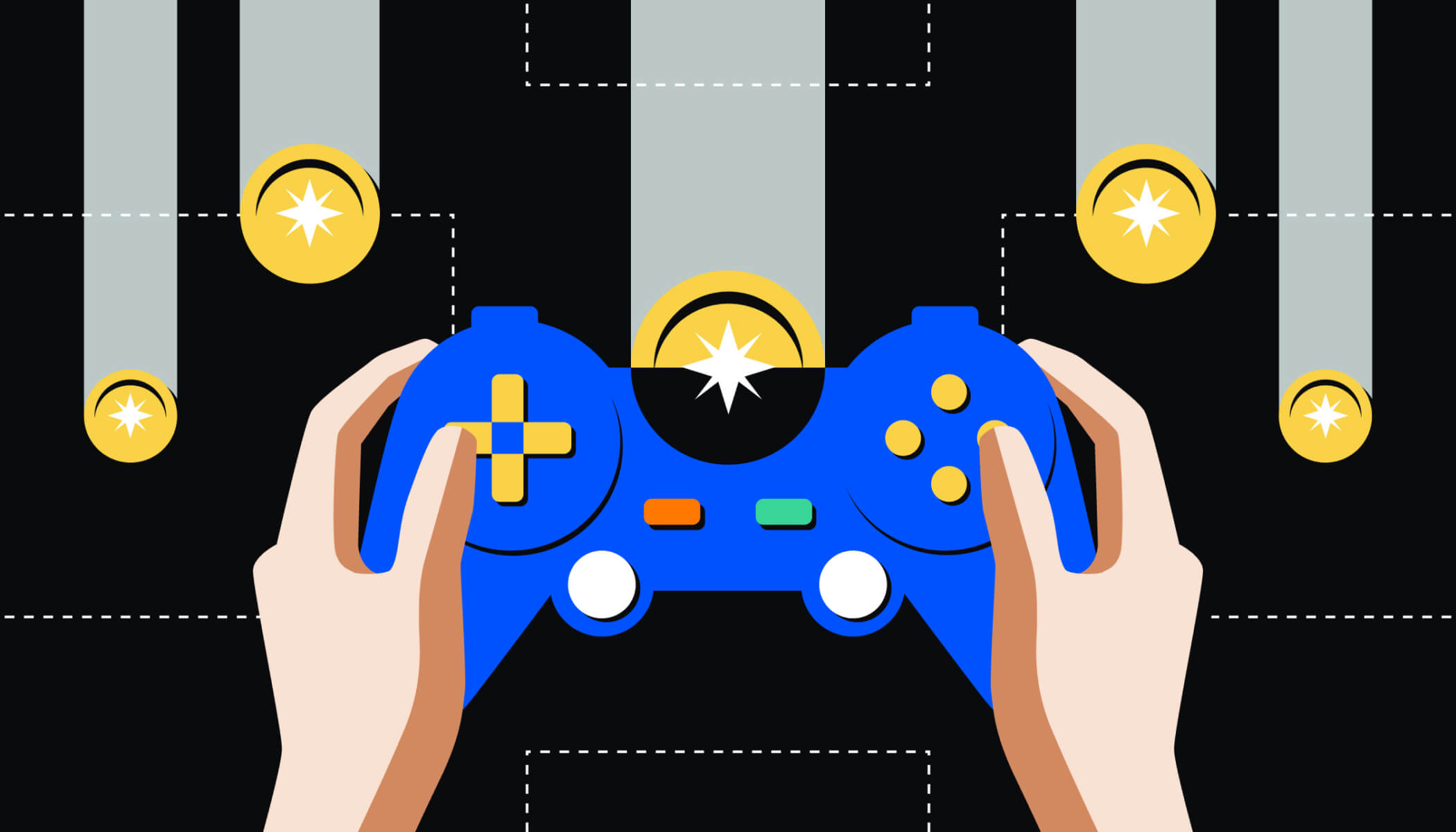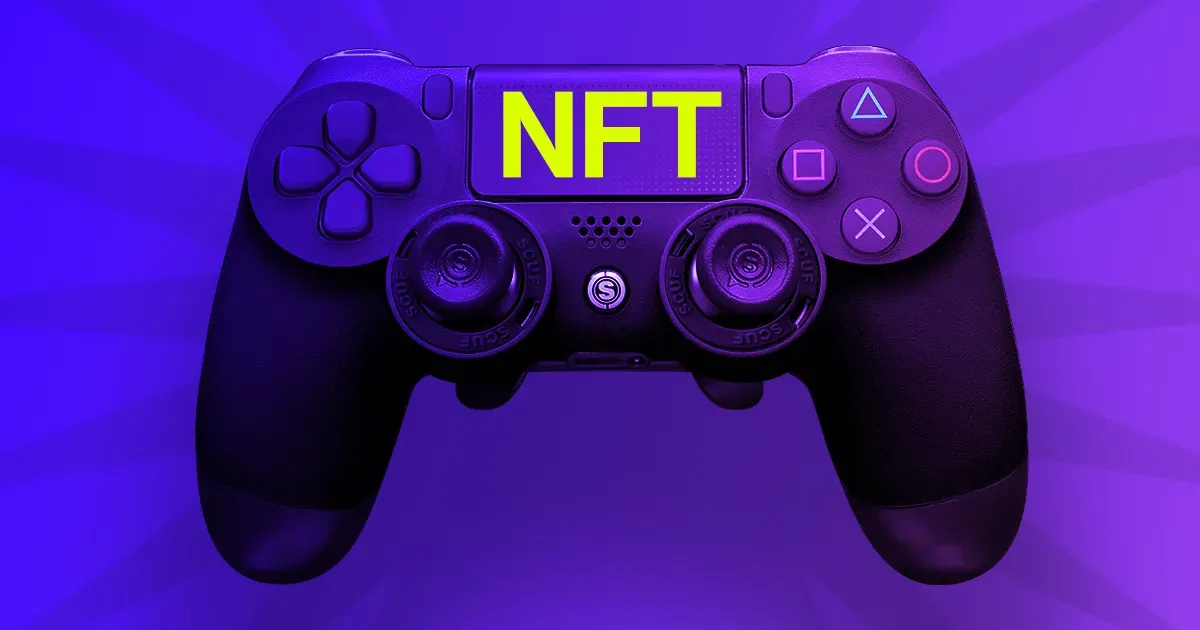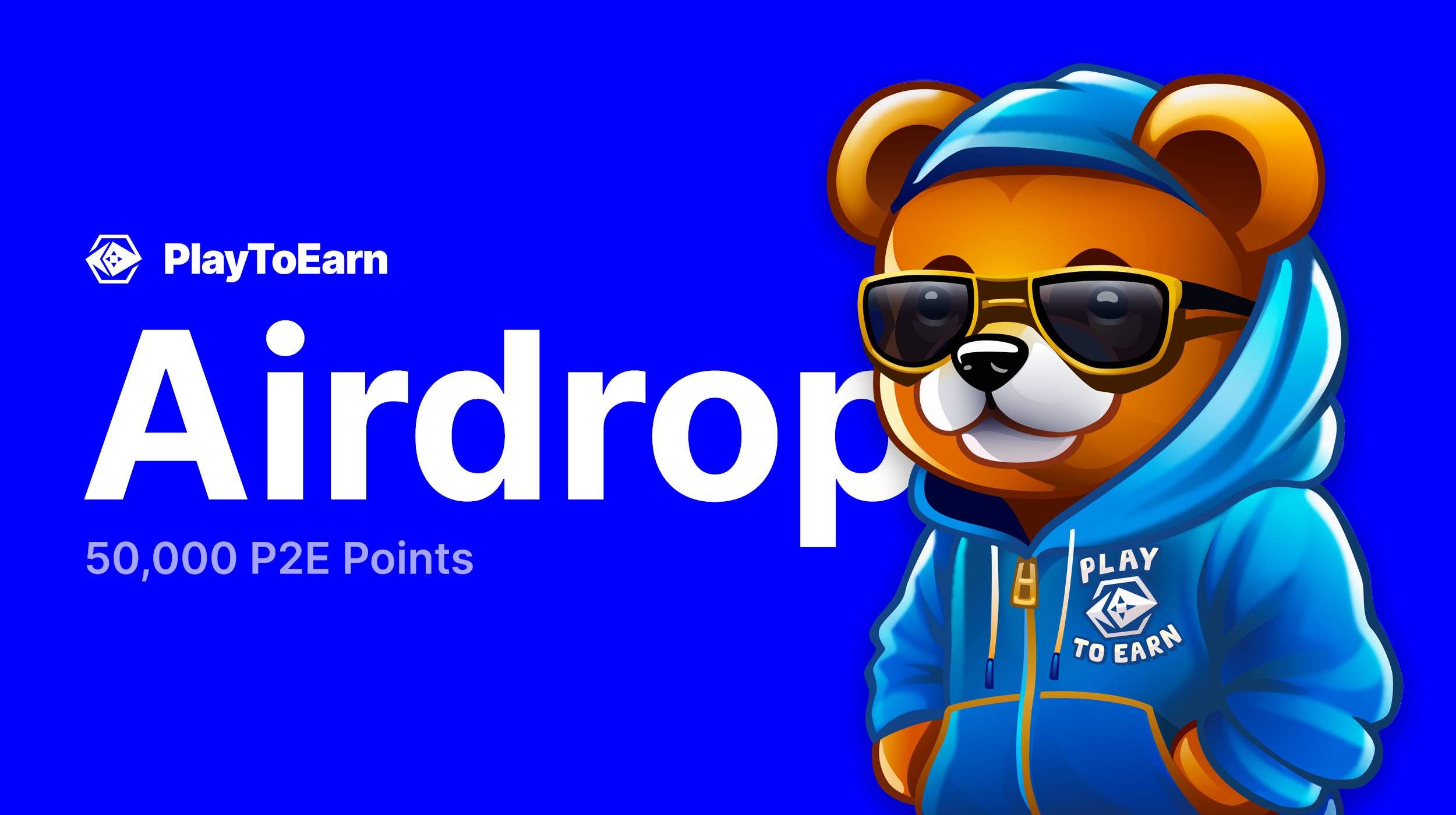Key Takeaways:
- NFT rarity directly influences the market value of in-game items.
- Scarcity, uniqueness, and utility determine an NFT’s desirability.
- Understanding rarity helps gamers make smarter investment and trading decisions.
Why Rarity Matters in NFT Gaming
NFTs have transformed the gaming world by allowing players to own unique, verifiable digital items. Unlike standard game assets, NFT items vary in rarity, creating differences in demand and value. In-game items such as legendary weapons, rare skins, or exclusive avatars are more sought after because they are scarce, enhancing their appeal among collectors and players.
Rarity creates an ecosystem similar to traditional collectibles: the rarer the item, the higher its perceived value. For gamers, understanding rarity isn’t just about bragging rights—it can also influence trading strategies and potential profits in NFT marketplaces.
How Rarity is Determined
NFT rarity is influenced by several factors:
- Scarcity: Items minted in limited quantities naturally become more valuable. A sword available in only 50 copies will likely command higher prices than a common one issued in thousands.
- Utility: Beyond visual appeal, items that improve gameplay—like boosting stats or unlocking special features—gain extra value. Gamers often pay a premium for items that provide strategic advantages.
- Unique Attributes: Special characteristics, such as unique artwork, animations, or abilities, make an NFT stand out. Items with distinctive traits attract collectors looking for exclusivity.
Some NFT games provide a rarity score or tier system, allowing players to quickly gauge an item’s scarcity. Understanding these ratings is essential for making informed buying, selling, or trading decisions.
The Impact on Market Value
The correlation between rarity and value is clear: rarer items often fetch higher prices in secondary markets. However, market trends, player demand, and game popularity also play crucial roles. For example, a rare NFT from a trending game may skyrocket in value, whereas the same rarity in a less popular game may have limited demand.
Gamers and investors often monitor marketplaces and historical sales data to identify high-value items. By analyzing rarity alongside market behavior, they can predict potential price increases and make strategic trades.
Tips for Gamers to Leverage NFT Rarity
- Research Before Buying: Always check rarity rankings and past sale prices to understand an item’s market potential.
- Diversify Your Collection: Owning a mix of rare and ultra-rare items can balance potential gains and reduce risk.
- Stay Updated: Follow game updates, events, and limited-time releases to seize opportunities for acquiring rare NFTs early.
By approaching NFT gaming strategically, players can maximize both enjoyment and financial potential from their digital assets.
Conclusion
NFT rarity is a key driver of value in the gaming world, affecting demand, pricing, and investment potential. Scarce, unique, and useful items hold the most appeal for players and collectors alike. Gamers who understand how rarity works can make informed decisions, safeguard their digital assets, and potentially benefit from the growing NFT gaming market in 2025 and beyond.
Disclaimer: The information in this article is for general purposes only and does not constitute financial advice. The author’s views are personal and may not reflect the views of GameDegen.com. Before making any investment decisions, you should always conduct your own research. GameDegen.com is not responsible for any financial losses.




